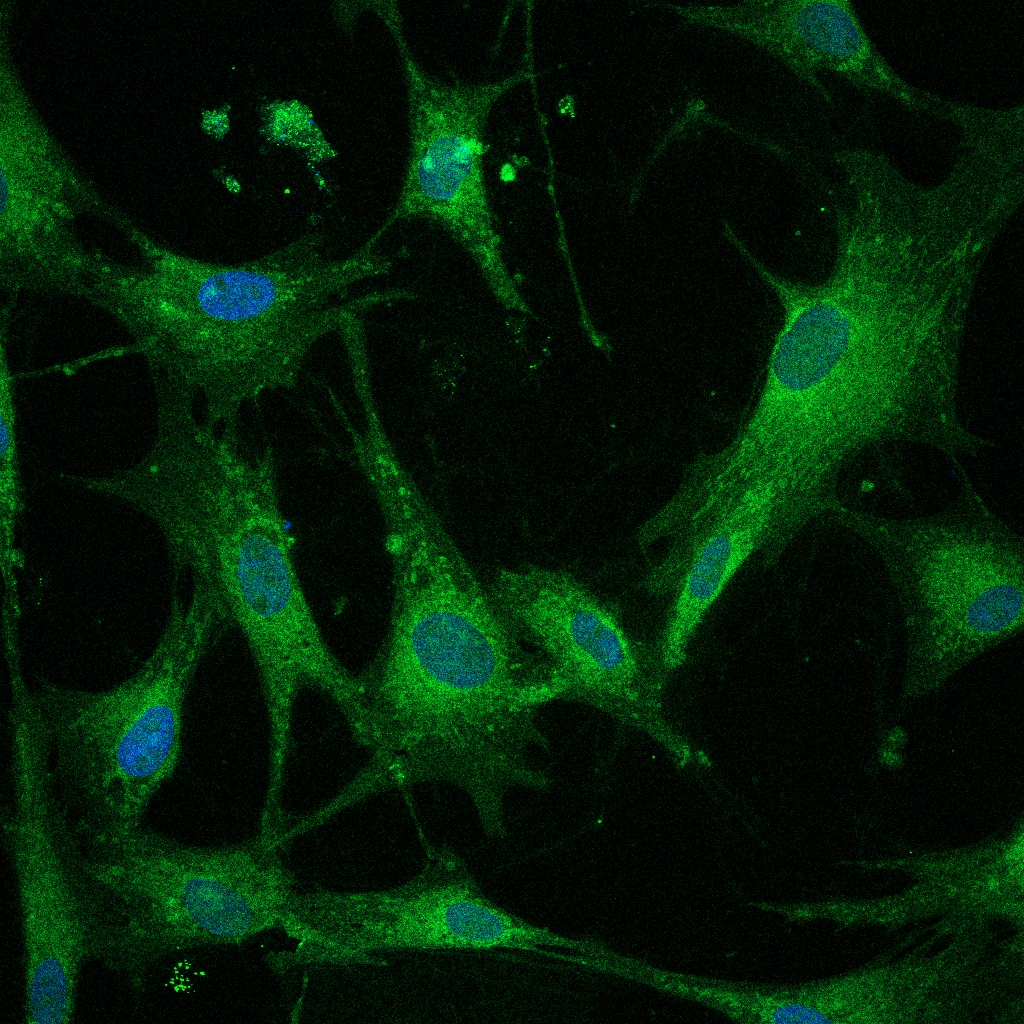ATM-mediated DNA double-strand break response facilitated oncolytic Newcastle disease virus replication and promoted syncytium formation in tumor cells
Various viruses have evolved a plethora of strategies to manipulate DNA damage machinery and commandeer cells to maximize their own replication. On the contrary, host cells have also evolved to maintain cellular genomic stability and suppress carcinogenesis through multifaceted cellular DNA damage response (DDR). Most studies have focused on the relationship between DNA virus replication and the host DDR pathway, but few have investigated the interface between the DDR pathway and ribonucleic acid (RNA) viruses, such as oncolytic Newcastle disease virus (NDV). In the present study, we report for the first time that F-HN co-expression and NDV infection trigger ataxia telangiectasia-mutated (ATM)-dependent DSB lesions in tumor cells to promote viral replication and syncytium formation, respectively. We found that late NDV infection and membrane fusion activated the ATM-Chk2 axis in tumor cells, which expands prior understanding of the membrane fusion process and NDV infection. Our findings reveal new links among oncolytic NDV replication, membrane fusion, and DDR and deepen insights into NDV replication.

